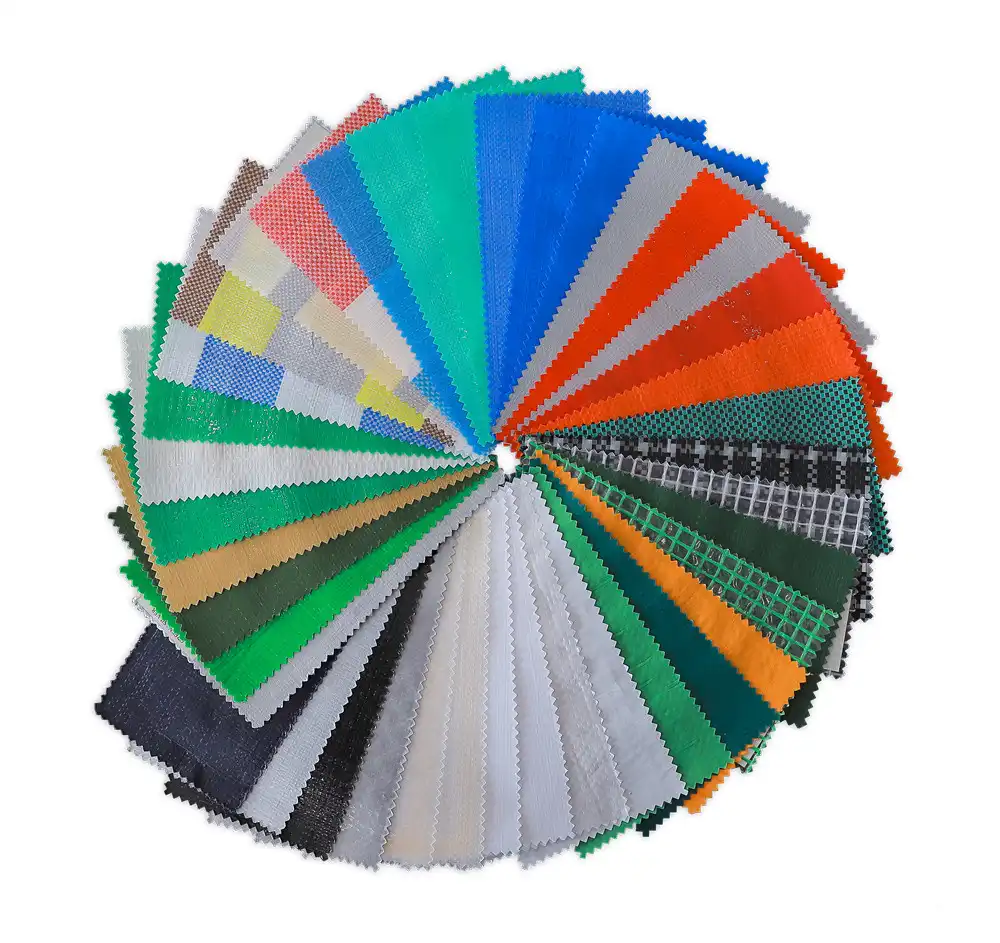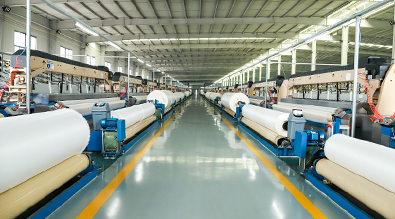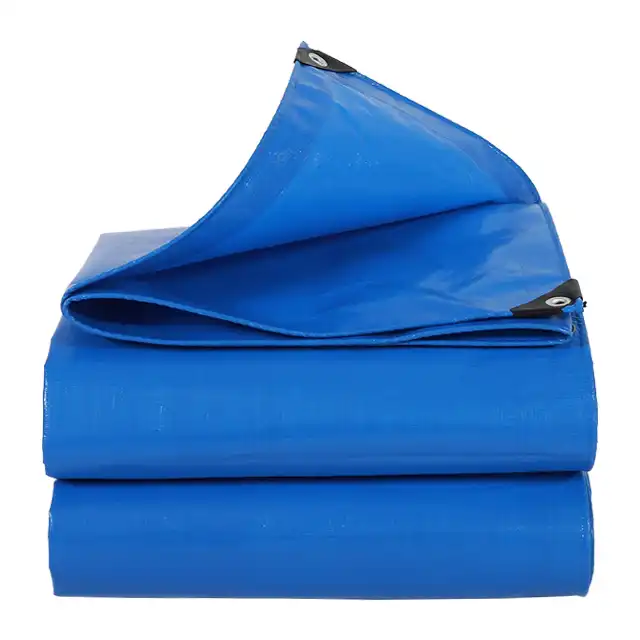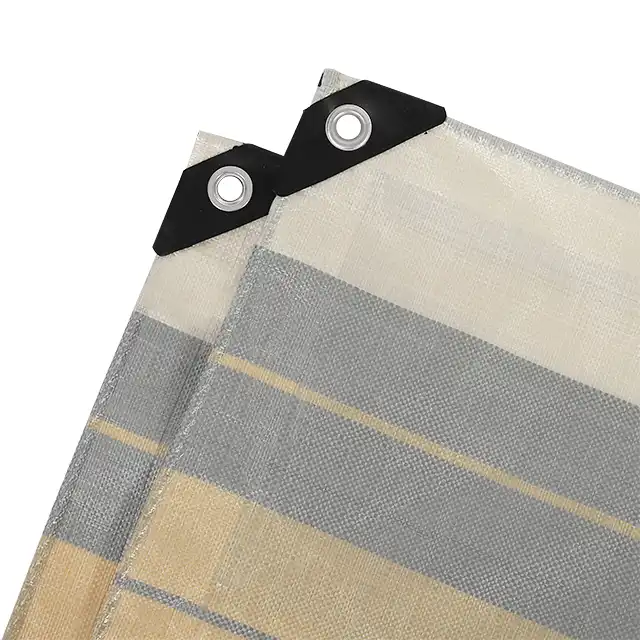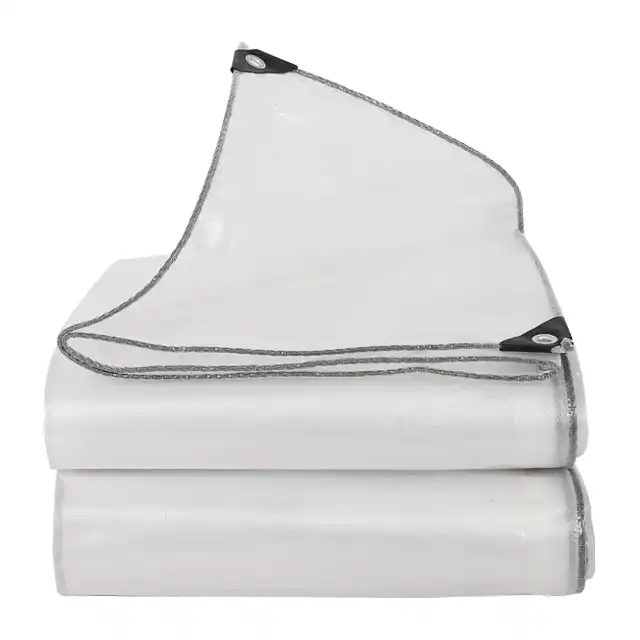Effective Use of Tarpaulins in Outdoor Activities
Picture this: you're setting up camp after a long day of hiking, dark clouds rolling in unexpectedly, and rain threatening to ruin your carefully planned outdoor adventure. Without a reliable outdoor tarp, what should be a memorable experience quickly transforms into a soggy nightmare. Whether you're camping, hosting outdoor events, gardening, or engaging in construction projects, understanding the effective use of tarpaulins in outdoor activities can be the difference between success and frustration. This comprehensive guide explores how versatile outdoor tarp solutions can protect your investments, enhance your comfort, and ensure your outdoor activities proceed smoothly regardless of weather conditions.
Essential Outdoor Tarp Applications for Recreation and Camping
-
Ground Protection and Waterproof Barriers
 Outdoor tarp systems serve as fundamental ground protection in recreational activities, particularly when dealing with wet or contaminated surfaces. Professional-grade outdoor tarp materials create impermeable barriers that prevent moisture from seeping through tent floors, sleeping areas, and equipment storage zones. The key to effective ground protection lies in selecting tarpaulins with adequate thickness and waterproof ratings - typically ranging from 100gsm to 280gsm for different applications. When establishing camping sites, experienced outdoor enthusiasts recommend deploying outdoor tarp solutions beneath tents to create a moisture barrier that extends beyond the tent's footprint. This technique, known as "footprinting," significantly extends equipment lifespan by preventing ground moisture from compromising waterproof tent coatings. Heavy-duty polyethylene tarps with HDPE woven fabric and LDPE coating construction offer superior durability and puncture resistance against rocks, roots, and sharp debris commonly found in natural environments.
Outdoor tarp systems serve as fundamental ground protection in recreational activities, particularly when dealing with wet or contaminated surfaces. Professional-grade outdoor tarp materials create impermeable barriers that prevent moisture from seeping through tent floors, sleeping areas, and equipment storage zones. The key to effective ground protection lies in selecting tarpaulins with adequate thickness and waterproof ratings - typically ranging from 100gsm to 280gsm for different applications. When establishing camping sites, experienced outdoor enthusiasts recommend deploying outdoor tarp solutions beneath tents to create a moisture barrier that extends beyond the tent's footprint. This technique, known as "footprinting," significantly extends equipment lifespan by preventing ground moisture from compromising waterproof tent coatings. Heavy-duty polyethylene tarps with HDPE woven fabric and LDPE coating construction offer superior durability and puncture resistance against rocks, roots, and sharp debris commonly found in natural environments.
-
Shelter Construction and Weather Protection
Creating effective shelter systems using outdoor tarp configurations requires understanding basic principles of tensile strength and wind dynamics. Modern outdoor tarp designs incorporate reinforced grommets spaced at regular intervals, typically every 18 to 24 inches, allowing for secure anchor points when constructing lean-to shelters, A-frame configurations, or diamond-shaped rain flies. The versatility of contemporary outdoor tarp materials enables campers to adapt quickly to changing weather conditions. When properly tensioned and angled, these protective barriers can shed rain effectively while maintaining adequate ventilation to prevent condensation buildup. UV-treated outdoor tarp products provide extended protection during sunny conditions, preventing harmful solar radiation from degrading underlying equipment or creating uncomfortable heat buildup in covered areas.
Heavy-Duty Outdoor Tarp Solutions for Professional Applications
-
Construction Site Coverage and Equipment Protection
Professional contractors and construction teams rely heavily on robust outdoor tarp systems to protect valuable equipment, materials, and work areas from environmental damage. Heavy-duty outdoor tarp products designed for construction applications typically feature enhanced tear resistance, anti-corrosion properties, and arctic flexibility that maintains performance across extreme temperature ranges. Construction-grade outdoor tarp solutions must withstand considerable stress from wind loads, debris impact, and frequent handling during installation and removal. Materials featuring mesh counts between 10x10 and 14x14 provide optimal balance between strength and flexibility, while thickness ratings from 7 to 12 mil ensure adequate puncture resistance without becoming unwieldy during deployment.
-
Agricultural and Landscaping Applications
Agricultural professionals utilize outdoor tarp systems for diverse applications including crop protection, equipment storage, and livestock shelter enhancement. Modern outdoor tarp designs offer specialized features such as enhanced UV treatment percentages ranging from 1% to 7%, providing extended protection against solar degradation while maintaining material integrity over multiple growing seasons. Greenhouse applications particularly benefit from outdoor tarp materials that combine waterproof properties with controlled light transmission. Custom outdoor tarp configurations can be manufactured with specific dimensions up to 5.1 meters in width, accommodating large-scale agricultural operations without requiring multiple panel installations that could create potential failure points or water infiltration areas.
Choosing the Right Outdoor Tarp for Specific Activities
-
Material Selection and Performance Characteristics
Selecting appropriate outdoor tarp materials requires careful consideration of intended applications, environmental conditions, and performance expectations. High-density polyethylene (HDPE) woven fabrics laminated with low-density polyethylene (LDPE) coatings represent the industry standard for outdoor tarp construction, offering excellent balance between durability, flexibility, and cost-effectiveness. The manufacturing process significantly impacts outdoor tarp performance characteristics. Products manufactured using high-strength yarns ranging from 400D to 2500D thickness provide varying degrees of tensile strength and puncture resistance. Professional outdoor tarp products typically incorporate multiple coating layers applied through precision machinery, ensuring consistent thickness distribution and waterproof integrity across the entire surface area.
-
Size Optimization and Installation Considerations
Proper outdoor tarp sizing requires understanding both coverage requirements and installation constraints. Standard outdoor tarp dimensions can be customized upon request, with maximum continuous widths reaching 5 meters without requiring seamed joints that could compromise waterproof integrity. This capability proves particularly valuable for applications requiring large uninterrupted coverage areas. Installation efficiency depends largely on outdoor tarp design features such as reinforced eyelet spacing, edge binding strength, and overall material handling characteristics. Professional-grade outdoor tarp products incorporate features designed to facilitate rapid deployment and secure anchoring even under challenging weather conditions. Anti-freezing properties ensure material flexibility during cold weather installations, while shrink-proof construction maintains dimensional stability across temperature fluctuations.
Advanced Outdoor Tarp Techniques and Best Practices
-
Weather Adaptation and Emergency Preparedness
Experienced outdoor professionals develop sophisticated outdoor tarp deployment strategies that account for rapidly changing weather conditions and emergency situations. These techniques involve understanding how different outdoor tarp configurations respond to wind loads, precipitation patterns, and temperature variations throughout extended deployment periods. Emergency preparedness protocols should include outdoor tarp systems capable of rapid deployment for protection against unexpected weather events. Professional outdoor tarp products designed for emergency applications feature enhanced portability characteristics, including compact folding dimensions and lightweight construction that doesn't compromise protective capabilities.
-
Maintenance and Longevity Optimization
Extending outdoor tarp service life requires implementing systematic maintenance protocols that address cleaning, inspection, and proper storage procedures. Quality outdoor tarp materials resist most environmental contaminants but benefit from periodic cleaning using mild detergents and proper drying techniques before storage. Professional outdoor tarp users recommend regular inspection protocols focusing on stress points around grommets, edge bindings, and high-wear areas subject to frequent contact or abrasion. Early identification of minor damage allows for field repairs using appropriate patching materials and techniques, preventing minor issues from progressing to major failures that compromise protective capabilities.
Conclusion
Effective use of tarpaulins in outdoor activities encompasses far more than simple weather protection, extending to professional applications in construction, agriculture, and emergency preparedness. Quality outdoor tarp systems provide reliable solutions for diverse challenges while offering excellent return on investment through extended service life and versatile applications.
Cooperate with Linyi Shengde Plastic Co., Ltd.
As a leading China outdoor tarp manufacturer with over 20 years of industry expertise, Linyi Shengde Plastic Co., Ltd. has established itself as a trusted China outdoor tarp supplier serving clients across more than 30 countries worldwide. Our comprehensive manufacturing capabilities include 15 wire drawing lines, over 200 Korea-imported water-jet looms, and advanced coating machinery producing high quality outdoor tarp products with daily outputs exceeding 100 tons.
Our commitment to excellence extends beyond manufacturing capabilities to encompass rigorous quality management systems including ISO 9001:2015 certification and partnerships with international organizations including UNHCR, IOM, ICRC, and UNICEF. This extensive experience as a China outdoor tarp wholesale provider ensures reliable product performance across diverse applications from recreational camping to professional construction projects.
Our research and development capabilities enable comprehensive product customization including fire prevention functions, enhanced waterproofing, and specialized UV treatments tailored to specific application requirements. Whether you need standard outdoor tarp for sale or custom solutions, our team provides technical expertise and competitive outdoor tarp price structures that deliver exceptional value.
Ready to source reliable outdoor tarp solutions from an established China outdoor tarp factory? Contact our team at info@shengdetarp.com to discuss your specific requirements and discover why professionals worldwide trust Shengde for their critical protection needs. Save this guide for future reference and reach out whenever questions arise about optimal outdoor tarp applications.
FAQ
Q: What thickness outdoor tarp should I choose for camping applications?
A: For camping, select tarpaulins between 100gsm-180gsm thickness with 7-12 mil density, providing optimal balance between durability and portability.
Q: How do I properly install an outdoor tarp to prevent wind damage?
A: Ensure proper tensioning with reinforced anchor points spaced every 18-24 inches, angling the surface to shed wind loads effectively while maintaining structural integrity.
Q: What's the difference between HDPE and LDPE materials in outdoor tarps?
A: HDPE provides structural strength through woven fabric construction, while LDPE coating delivers waterproof properties and UV resistance for extended outdoor exposure.
Q: How often should I inspect my outdoor tarp for maintenance needs?
A: Conduct thorough inspections after each use and monthly during extended deployments, focusing on grommets, edge bindings, and high-stress areas for early damage detection.
References
1. "Waterproof Materials in Outdoor Equipment Design" - Thompson, M.J., Journal of Materials Engineering
2. "Polyethylene Fabric Construction and Applications" - Rodriguez, A.P., Textile Manufacturing Quarterly
3. "Weather Protection Systems for Professional Applications" - Chen, L.K., Industrial Safety Review
4. "UV Degradation and Prevention in Synthetic Materials" - Williams, D.R., Polymer Science International
